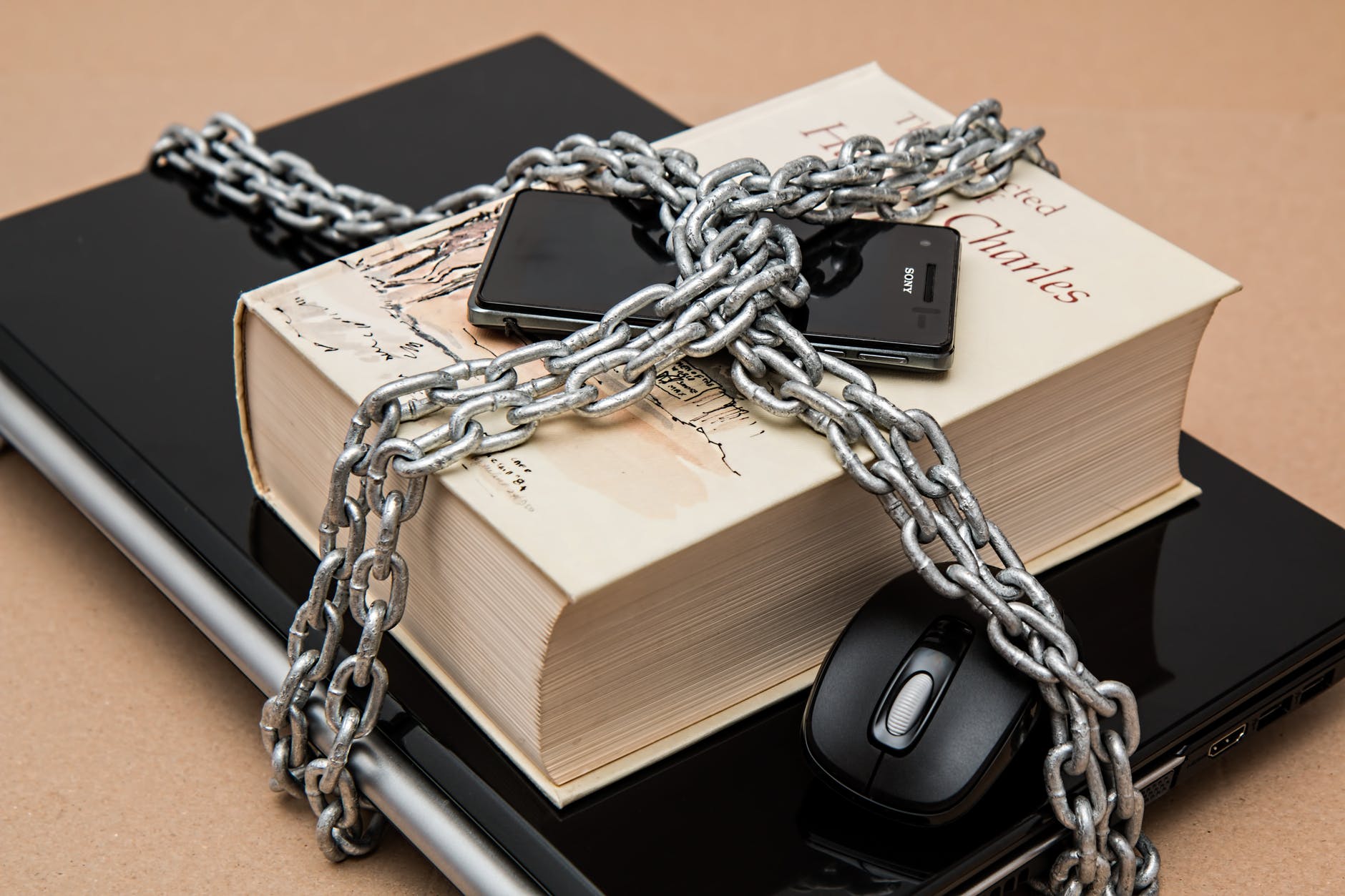Options options everywhere. The world is full of options.
When there are so many options in front of you, it is easy to become stuck in indecision. Remember those timewasters? Indecision is one of the biggest timewasters of all. Endlessly weighing the pros and cons of different options paralyzes you and keeps you stuck.
Psychologist Barry Schwartz refers to this as choice paralysis. He argues more choices make us less likely to take action and subsequently less satisfied with the eventual decision. This is because you are left wondering if you made the right choice. It is common to even go back and change the choice keeping the cycle of indecision in tact.
Additionally, making decisions over and over leads to decision fatigue. Throughout the day, you make hundreds of choices, from what to wear to which project to work on next to whether or not you should check your social media for the tenth time this hour. All those decisions lead to waning energy. So when big decisions are at hand is harder to exert the effort needed. Often we then revert back to old habits, even if they aren’t moving us forward toward our goals. Or even worse, we standstill and make no decision at all.
But when you’ve set a goal or have a priority, it is critical to be able to decide on your next course of action. Being able to make decisions and continue forward progress is a skill that will not only save you time, it will pave the way to your next success.
So what do you do when it feels like the amount of choices are overwhelming?
Enter constraint.
Making a conscious decision to constrain yourself will allow you to make decisions quicker, with more confidence, and less stress. This is because you will have decided in advance to eliminate a large selection of choices. President Obama famously chose one style of suit to minimize the number of choices he had to make in a day.
It all comes back to priorities. When you evaluate what your priorities are, you will begin to see patterns for where you will benefit from constraint. At home, this can mean planning meals on Sunday for the whole week so you don’t have to decide each evening what to eat. At work, this can mean scheduling your day first thing each morning so you aren’t deciding after each task which one to do next. Or batching “like” projects to maximize your focus on that activity. Or volunteering for projects that are aligned with your goals rather than any opportunity that comes along.
Putting limits on the choices you need to make can feel uncomfortable, especially if you are used to being more reactive and making choices in the moment. But making a decision, moving forward on the decision, and evaluating its success as you go will give you a far greater return on the investment of your time.
The next first step is to examine your life and look for patterns. Every day you eat, every day you get dressed, every day you must decide what tasks to complete. If you make these choices in advance, you constrain yourself to that decision and move on. If you leave it to chance and decide in the moment, you are likely to find yourself paralyzed by what is the right next task. The truth is, there is no right or wrong, it is a matter of making a decision and having your own back to execute on that decision rather than changing your mind over and over again.
Constraining yourself will not only free up time, it will leave you feeling like a far more effective, productive, and satisfied individual.

